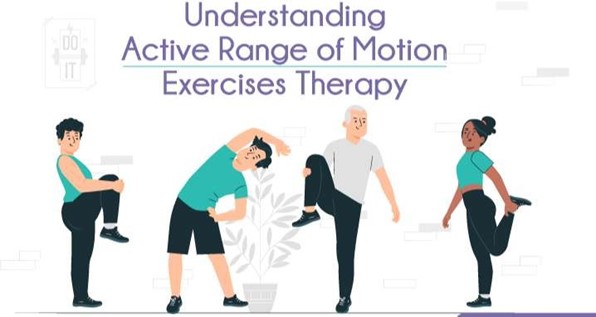A nurse is admitting a client to a medical-surgical unit.
When performing medication reconciliation for the client, which of the following actions should the nurse take?
Compare new prescriptions with the list of medications the client reports.
Encourage the client to make his own list after he returns to his home.
Include any adverse effects of the medications the client might develop.
Exclude nutritional supplements from the list of medications the client reports.
The Correct Answer is A
This is part of the medication reconciliation process, which is done to avoid medication errors such as omissions, duplications, dosing errors, or drug interactions. It should be done at every transition of care in which new medications are ordered or existing orders are rewritten.
Choice B is wrong because the nurse should not encourage the client to make his own list after he returns to his home. The nurse should provide the client with an updated and accurate list of medications before discharge and instruct the client to keep it with him at all times.
Choice C is wrong because the nurse should not include any adverse effects of the medications the client might develop. The nurse should include any known allergies or adverse reactions the client has experienced in the past, but not potential adverse effects that have not occurred.
Choice D is wrong because the nurse should not exclude nutritional supplements from the list of medications the client reports. The nurse should include all prescription medications, herbals, vitamins, nutritional supplements, over-the-counter drugs, vaccines, diagnostic and contrast agents, radioactive medications, parenteral nutrition, blood derivatives, and intravenous solutions in the medication reconciliation process.
Some of these products may interact with prescribed medications or affect laboratory results.
Nursing Test Bank
Naxlex Comprehensive Predictor Exams
Related Questions
Correct Answer is C
Explanation
Dizziness is a manifestation of hypovolemia, which is a decrease in blood volume due to fluid loss. Hypovolemia can cause orthostatic hypotension, which is a drop in blood pressure when changing positions. This can lead to dizziness, lightheadedness, or fainting.
Choice A is wrong because it is not a sign of hypovolemia, but rather a possible cause of it. Epistaxis is a nosebleed that can result from trauma, infection, dryness, or coagulation disorders.
Choice B is wrong because it is not a specific sign of hypovolemia, but rather a nonspecific symptom that can have many causes. Headache can be associated with dehydration, but it can also be caused by stress, infection, inflammation, or other factors.
Choice D is wrong because it is not a sign of hypovolemia, but rather a sign of fluid volume excess.
Fluid volume excess is an increase in blood volume due to fluid retention or overload. Fluid volume excess can cause dyspnea, which is difficulty breathing or shortness of breath.
Normal ranges for blood pressure are 90/60 mm Hg to 120/80 mm Hg for adults. Normal ranges for heart rate are 60 to 100 beats per minute for adults.
Correct Answer is A
Explanation

This instruction will help the client to prevent venous stasis and thrombosis, which are common postoperative complications. Range-of-motion exercises promote blood circulation and prevent muscle atrophy and contractures.
Choice B is wrong because “Use an incentive spirometer every 4 hours.” is wrong because it is not related to promoting circulation, but rather to improving lung expansion and preventing atelectasis and pneumonia. Using an incentive spirometer is also important for postoperative clients, but it does not address the question.
Choice C is wrong because “Remain on bed rest for 24 hours following the procedure.” is wrong because it is the opposite of promoting circulation.
Bed rest increases the risk of venous stasis, thrombosis, and pulmonary embolism. Postoperative clients should be encouraged to ambulate as soon as possible, unless contraindicated.
Choice D is wrong because “Place a pillow under your knees while in bed.” is wrong because it also impairs circulation and increases the risk of thrombosis.
Placing a pillow under the knees can cause pressure on the popliteal veins and reduce blood flow. Postoperative clients should avoid this position and keep their legs in a neutral or slightly elevated position.
Whether you are a student looking to ace your exams or a practicing nurse seeking to enhance your expertise , our nursing education contents will empower you with the confidence and competence to make a difference in the lives of patients and become a respected leader in the healthcare field.
Visit Naxlex, invest in your future and unlock endless possibilities with our unparalleled nursing education contents today
Report Wrong Answer on the Current Question
Do you disagree with the answer? If yes, what is your expected answer? Explain.
Kindly be descriptive with the issue you are facing.
